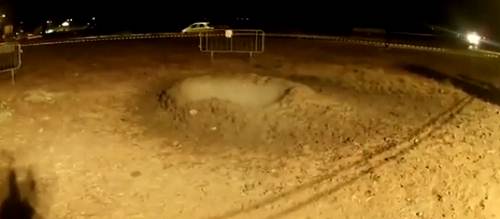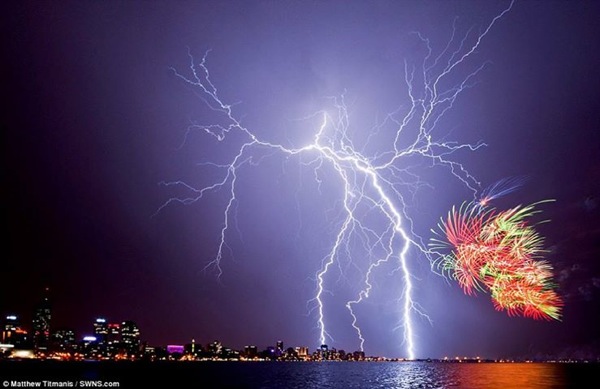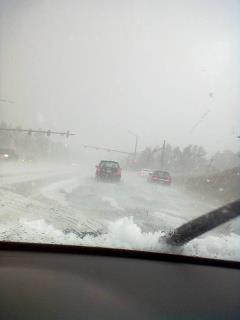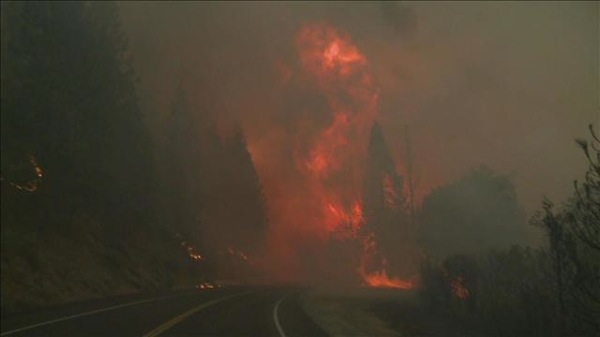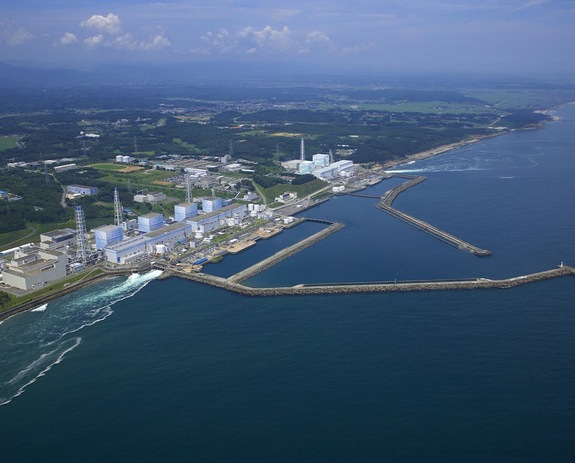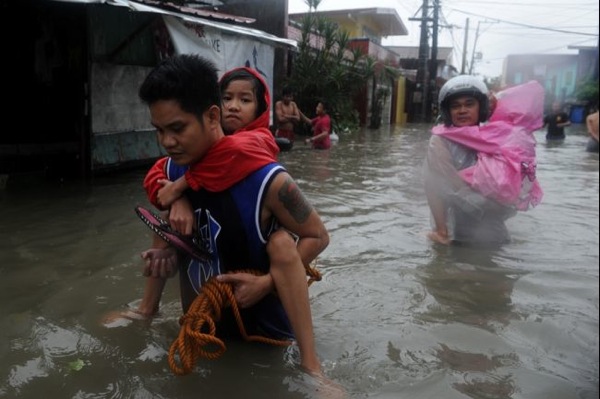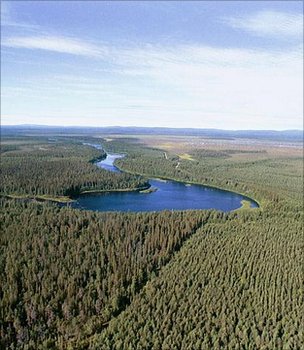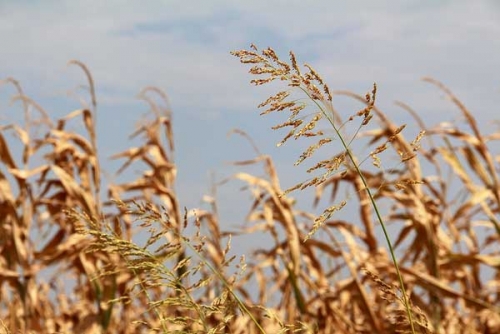Cooler Pacific Ocean May Explain Climate Change Paradox
Cooling sea-surface temperatures in the tropical Pacific Ocean — a phase that is part of a natural warm and cold cycle — may explain why global average temperatures have stabilized in recent years, even as greenhouse gas emissions have been warming the planet, according to new research.
The findings suggest that the flattening in the rise of global temperatures recorded over the past 15 years are not signs of a "hiatus" in global warming, but are tied to cooling temperatures in the tropical or equatorial Pacific Ocean. When the tropical Pacific naturally switches back into a warm phase, the long-term trends in global warming, including more steeply rising global temperatures, will likely increase, said study co-author Shang-Ping Xie, a climate scientist at the University of California, San Diego.
"The engine driving atmospheric circulation on global scales resides in the tropical Pacific," Xie told LiveScience. "When the natural cycle shifts the next time to a warmer state, we're going to see more extreme warming on the global scale."
In early May, a carbon dioxide monitor in Hawaii recorded the proportion of carbon dioxide in the atmosphere as being more than 400 parts per million (ppm) for the first time in human history, breaking a 3-million-year-old record. (Parts per million means that, in this example, for every million molecules of air, 400 of them are carbon dioxide.) But, over the past 15 years, global average temperatures have stabilized rather than sharply increased, as previous predictions suggested they should have, mystifying climate scientists and adding fuel to the fire for climate change skeptics.
"We had this puzzle — the concentration of carbon dioxide was over 400 ppm, last year we had record summer heat waves in the U.S., record retreat of Arctic sea ice. All of these things are consistent with the general warming of the climate," Xie said. "Yet, if you plot the global temperature, you see a flattening average over the last 15 years. On the one hand, scientists are saying carbon dioxide is causing the general rise of global temperatures, but on the other hand, in recent years there is no warming, so something very strange is going on."
Xie and his colleagues set out to solve this mystery using climate models to reproduce the long- and short-term trends based on global climate records from the past 130 years. The researchers found that sea-surface temperatures in the tropical Pacific Ocean, in spite of anthropogenic or manmade effects of global warming, were key ingredients in creating the flattening global temperatures seen in the past 15 years.
"In our model, we were able to show two forces: anthropogenic forces to raise global average temperature, and equatorial Pacific cooling, which tries to pull the temperature curve down, almost like in equilibrium," Xie said.
The effect is similar to the El Niño and La Niña cycles, which are parts of a natural oscillation in the ocean-atmosphere system that occur every three to four years, and can impact global weather and climate conditions, Xie explained. El Niño is characterized by warmer-than-average temperatures in the waters of the equatorial Pacific Ocean, while La Niña typically features colder-than-average waters.
The warm and cool phases in the Pacific Ocean studied by Xie and his colleagues appear to last much longer than the El Niño and La Niña cycles. Previously, the Earth experienced cooling in the tropical Pacific from the 1940s to the 1970s, before oscillating into a warm state from the 1970s to the 1990s.
Current scientific models are unable to predict when the current cooling period will end, Xie said, but when the ocean swings back into a warm phase, parts of the planet may experience warmer temperatures.
"The equatorial Pacific Ocean is associated with distinct regional patterns, like the Pacific coast of North America," Xie said. "Because of equatorial cooling, this area has not been warming as rapidly as before, but when the equatorial Pacific shifts into a warm state, those regions might expect rapid warming, on the order of 2 degrees Celsius [3.6 degrees Fahrenheit] over 15 years."






